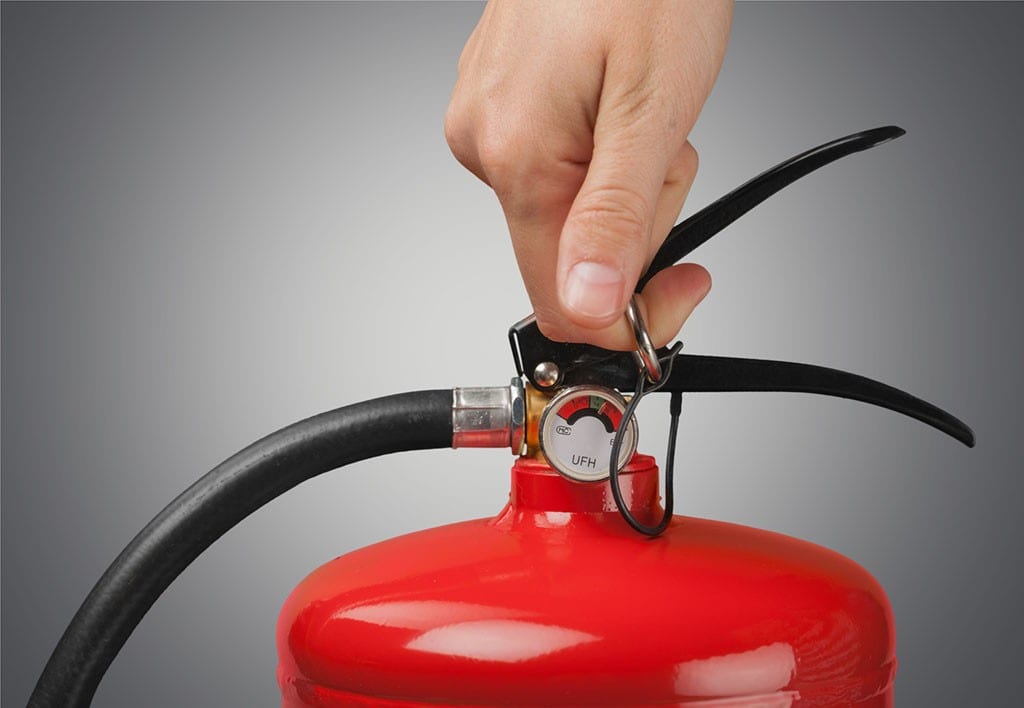It’s a must for all Sydney company. It’s not just legally required but an effective way of keeping personnel, customers, and even property secure. Fires can result in devastating costs in the shortest time, but many of these risks can be minimized or eliminated with the proper security measures put in place. Regular fire inspections, periodic checking of electrical systems, as well as complying with CFSP standards can all be used to create a safe environment.

The importance of fire inspections to ensure safety
Fire Inspections are the first line of defense against potential hazards. These inspections verify that every part of a building’s protection system is functioning and current. In Sydney, most businesses are required to conduct an inspection every six or twelve months, depending on kind of building and council regulations. The inspections usually cover everything from fire alarms and sprinkler systems, to smoke alarms, fire hydrants, extinguishers, as well as emergency lighting.
What makes inspections so vital is their ability to detect concealed issues before they turn dangersome. It may not seem important, but a small problem with a fire hydrant or a smoke alarm that is not working, could result in fatality in the event of a crisis. Business owners who check regularly their fire hydrants ensure they are complying with their legal obligations, and safeguarding themselves from unforeseen disasters.
The hidden electrical risk can be eliminated by testing and tag
Electrical systems are a major cause of workplace fires. Testing and tagging are essential to an action plan for ensuring security from fire. This involves checking electrical appliances for safety, to ensure they’re secure, safe and compliant. Following that the tag is visible put on the device to show it has passed inspection. For many businesses, this is more than just a requirement for routine use. it is a safeguard against the risk of risks that can go without being noticed.
If unchecked older wiring, malfunctioning appliances, or worn-out cables could be a fire hazard. Businesses can minimize the chance of fires by testing regularly and tagging electrical equipment. Employees are also assured that the workplace is secure. This helps create a feeling of trust and confidence in the workplace. Combining testing, tagging and fire inspections creates a comprehensive safety plan which reduces risk on a variety of fronts.
The purpose of CFSP is compliance and certification
In New South Wales only a Competent Fire Safety practitioner (CFSP) can certify or sign important documents regarding fire safety such as the Annual Declarations on Fire Safety. Introduction of CFSP certification has increased fire safety standards by ensuring only professionals are qualified to review and verify the security. A partnership with the CFSP assures that reports and inspections aren’t just paperwork, but are backed by reliable assessments from experts.
The CFSP’s job is more than checking boxes. These professionals provide detailed reports and verify compliance with regulations. Companies without CFSP certification face the threat of fines, legal complications and even shut-down if protection measures for fires are considered insufficient. By partnering with professionals accredited in fire safety, you can make sure that your fire protection systems are maintained correctly. Also, you’ll be able to fulfill compliance obligations without any unnecessary anxiety.
Fire Safety is a Continuous commitment
Every business owner has a responsibility to make sure that the safety of their employees is top priority. Regular inspections, continuous examination of electrical systems and a valid certification under CFSP surveillance create a loop of safety that is never ending. Beyond legal compliance, this ongoing approach fosters an atmosphere of safety and security in the workplace. Employees can feel confident knowing that evacuation plans have been established and that smoke detectors are in operation as well as emergency lighting has been tested and the fire protection system is in place to use.
Treating fire safety as an ongoing process, rather than an annual checkbox not only reduces risks but also strengthens the company’s image. When safety is prioritized customers and clients feel safer. Proactive, long-term protection against fire can save money through preventing expensive damage such as fines, legal fights or fines. It also protects everyone in the building.
Conclusion
Sydney fire safety requires an approach that is multilayered, which includes fire inspections, testing as well as tagging and certification through an CFSP. Each element is essential to ensure that businesses are in compliance with the regulations, and more importantly, that the safety of people and property is assured. Businesses that make safety an integral part of their business and not just an added note will fulfill their legal obligations and make a more stable and secure environment.